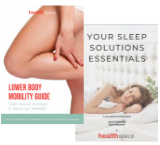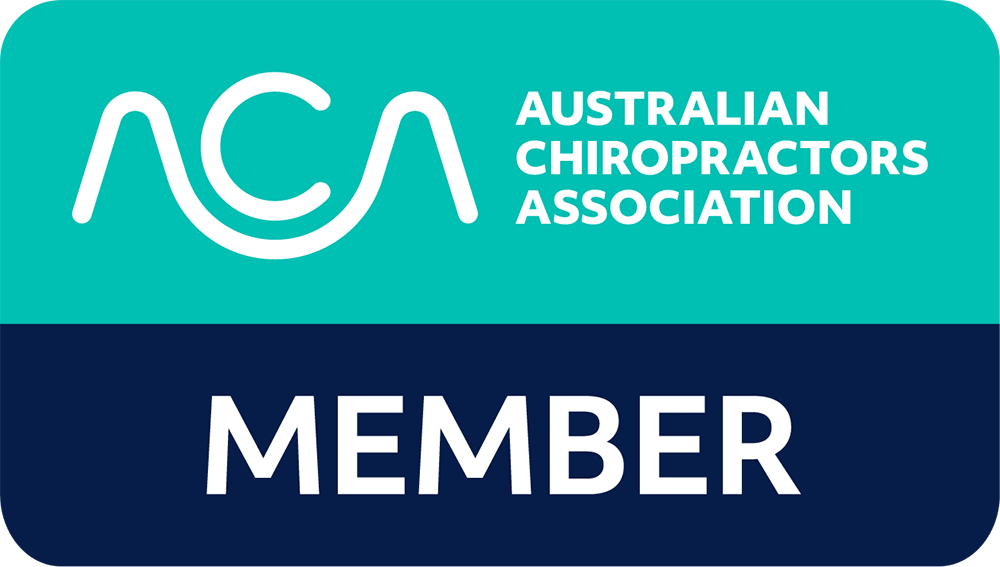
March is injury prevention month, which ties in with the start of the busy winter sports season. Sports like netball, soccer, football, AFL and hockey are all kicking off, and this usually means a busy period for all healthcare practitioners. For your endurance based sports, slightly cooler weather as the seasons transition leads to an influx of recreational runners and cyclists working on their delayed new years resolutions or training for events such as the City2Surf.
Injury prevention: Anyone who has played any sport or partakes in regular exercise has most likely had an injury of some sort, it’s part and parcel of being active. From ligament sprains, muscle strains, overuse injuries or even more severe injuries like breaks or cuts, sometimes it’s just unavoidable.
In saying that, by far the most common type of injury we see in our clinics is due to some form of overload to the system. This can be directly related to a tissue breaking down over time or it could be an indirect overload injury in terms of fatigue leading to an ankle sprain. Now it’s always complicated and multifactorial with injuries and how they present, but in about 99% of cases we can pin point a few things that may have led to the breakdown in the system.
Some common contributing factors include:
· Sharp increases in training loads – For example the runner going from 10km per week to 50km per week. We need to give our bodies and tissues (ligaments, tendons, muscles, bones) time to adjust to the demands being placed upon them.
· Lack of movement preparation – Lifting or shifting weight that the patient was not prepared for or completing a task that has not been trained for properly –for example; training with a gym buddy who is much stronger than you and trying to keep up with the weight or playing a sport with multi-directional movements without any previous experience with these movements.
· Poor biomechanics – We are all different structurally so little differences in gait etc. are normally ok. It’s when something changes such as footwear or you start to experience pain somewhere which can lead to changes in our movements. This slight change in movement can lead to overload of other structures in our body.
· Lack of sleep – When we are fatigued, we function at less than optimal. Our tissues need recovery time and with less sleep means less recovery.
· Inadequate hydration – Our bodies are 60-70% water, without adequate hydration we have less than optimal cell and active tissue health.
· Increased stress – When we are stressed we are in a constant state of ‘fight or flight’. This means all our other systems we need for recovery in our ‘rest and digest’ phase are hampered, meaning we are not getting the appropriate amount of systemic rest.
So, what can we do to help prevent the onset of injury? There are certain things that are not always easy to change. Examples such as stress or sleep for new parents are not things that are easy to switch on or off. However, changing little things along the way can make a big difference in how you function and go along way to reducing injury risk.
Here are some tips to help you stay injury free this season:
1. Manage your loads: This is the easiest thing to implement on the list. I won’t go into detail here with specific load management strategies, but a simple rule to follow is never increase or decrease your loads (distances, speeds, weights, reps etc.) more than 10% each week. For example: running 20km in a week increase your overall weekly distance to 22km per week. Or if you are in the gym, increasing your weights or reps by no more than 5-10% every week making sure you are lifting with good technique and control for the sets and reps before increasing anything. This allows our tissues more time to adapt and get stronger.
2. Practice and movement preparation: Warm up the movements you will be doing. If its soccer, go to high knees, heels up, leg swings, lateral movements/jumping etc., if you are about to squat heavy then start with body weight and gradually increase loads to get to the desired weight so the nervous system and the musculoskeletal system are all working together. Additionally, practice, practice and practice some more! Rehearse movements, break them down into parts and become experts in the skills you need for your sport/activities.
3. Get enough sleep: Leading sleep expert, Neuroscientist and author of ‘Why We Sleep’ Dr Matthew Walker believes that the percentage of people in the world who can function optimally with less than 7-8hours per night is less than 1%. If you are not getting 7 to 8 hours of quality sleep per night there is a very high likelihood you are not functioning optimally, therefore your risk of injury will be increased. There are a number of strategies to get more sleep but that might be a topic for a separate blog. A few simple strategies to get started include: having the same bedtime and wakeup time every morning, avoiding screen time 1 hour before bed and reducing stimulants such as coffee (none after midday) and alcohol (nothing close to bed time).
4. Stay Hydrated: Drinking enough water is paramount. I think most people are aware of this but I have put it down as a reminder! It’s highly variable with how much you need and is dependent on many factors including the climate, your bodyweight, the sport you are doing etc. As a very general start point, go with 30ml per KG of bodyweight. If you weigh 70kg, this equates to 2.10L daily.
5. Stress management: Finding ways to reduce your stress can be hugely beneficial for many different reasons. In terms of injury prevention it will help get more of our rest and digest nervous systems engaged, meaning we can calm things down and repair and recover and get ready to go again. Things like meditation, acupuncture, yoga, and lighter physical activity are all ways you can reduce stress.
To summarize, don’t feel like you have to address all these things immediately. Focus on the ones that you can change easily or the ones you feel are the most important for your situation. Any improvements you make will all go along way to reducing the risk of injury on your bodies and then over time try and implement all these strategies to ensure you are functioning optimally.
If you do have an injury, you want to go through some specific injury prevention work or you feel your biomechanics may be contributing to pain then book in with one of our skilled health care practitioners who will help navigate you through the process safely.

